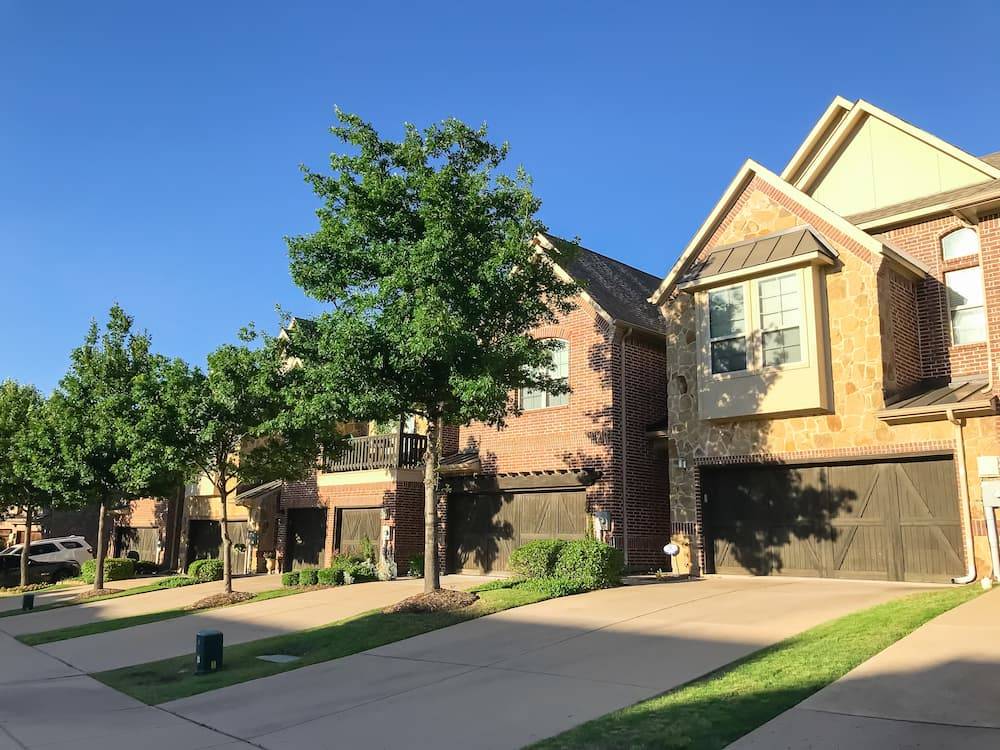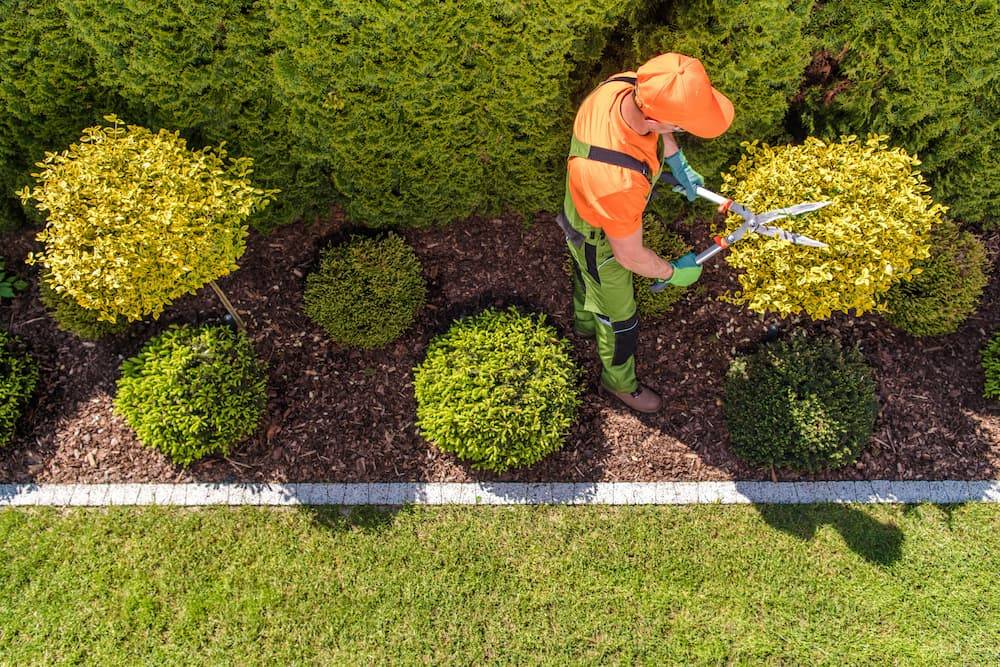
As the demand for non-traditional living models continues to grow, the market is evolving to offer newer and more innovative options. One of these emerging trends is horizontal living, which combines the benefits of homeownership and apartment living in unique community settings. In this article we will cover what horizontal living is and everything there is to know.
More and more people are gravitating towards horizontal living, choosing to reap the benefits of this revolutionary new idea. Essentially, horizontal living captures the best of both worlds: combining the perks of owning and renting.
Horizontal Vs. Vertical Living
So, exactly what is horizontal living?
Horizontal multifamily communities are single-family rental residences featuring luxurious amenities and professional management staff. These communities are unique in that they consist of standalone buildings rather than traditional multifamily buildings with units “stacked” on top of each other.
While some horizontal multifamily communities have units that share walls with neighboring units, others feature entirely separate units. Oftentimes, these communities have 100 or more single-family housing units.
Hassle-free single-family homes with multifamily amenities
One of the main benefits of living in a horizontal multifamily community is the ability to enjoy the privacy and comfort of a personal home while still having access to communal spaces and, in some cases, private backyards. Additionally, residents are free from the burden of home maintenance and repairs that come with traditional homeownership.
This living arrangement is an attractive option for individuals who desire a balance between the convenience of apartment living and the independence of homeownership.
Some of the similarities between horizontal and vertical living include:
- Shared community amenity spaces, such as swimming pools, community centers, dog parks, etc.
- Professionally-facilitated maintenance, often including tasks such as landscaping, interior/exterior repairs, and more
In essence, horizontal living combines the advantages of vertical living while eliminating many disadvantages and adding some unique features.
This type of housing represents the best of both options, allowing residents to live in a comfortable home without the difficulties associated with purchasing or owning a property. The future of housing seems to be moving towards this trend, as it offers a desirable living arrangement that aligns with the wants and needs of a diverse range of people.

Why Renters Are Choosing Horizontal Living
As younger generations increasingly seek independence, new living patterns are emerging. The Pew Research Center reports that renting is at an all-time high in the United States. At the same time, renters are expecting more than ever from their rental properties. Traditional apartment complexes may not meet the needs of some of these renters.
Horizontal living provides highly desirable amenities, such as private backyards and no upstairs neighbors – typically unavailable in apartment living. Additionally, it offers a low-maintenance home and a simpler lifestyle compared to traditional homeownership. As a result, tenants are opting for horizontal living as an outstanding blend of the best features of two different housing options.
The multifamily housing market is rapidly changing as tenants increasingly seek larger living spaces and greater access to outdoor areas. While many still prefer the convenience and flexibility of renting, they do not want to be burdened with the maintenance and repair responsibilities that come with owning a home. Horizontal multifamily communities are an attractive solution that checks all the boxes.
Growing multifamily build-to-rent communities
According to real estate analysts, build-to-rent communities are one of the fastest-growing trends in the multifamily sector. Between 2021 and 2022 alone, there was a more than 105% increase in the number of build-to-rent homes in the U.S. Interestingly, the renters seeking out build-to-rent properties don’t fit a specific “type.” The market shows that families with children, child-free couples, retirees, and even singles are all moving toward single-family rentals.
In these communities, residents enjoy the benefits of a single-family home without the associated maintenance and repair obligations while also having access to the luxurious amenities typically found in upscale apartments. The result is a hassle-free and comfortable living experience for tenants.
The Horizontal Living Model in Texas
The Texas real estate market is often a pioneer of the industry, leading movements rather than following them. As such, it’s not surprising that the horizontal living model has transformed the way Texans buy and rent homes.
At Wan Bridge, we have always taken pride in being a leader in real estate – and an innovator of build-to-rent property development. Our rental communities in Houston, Dallas, and Austin are based on the horizontal apartment model, presenting tenants with the ultimate convenience and luxury. Featuring a mix of single-family homes and townhome-style residences, WB communities are specifically built with tenants’ needs in mind.
What does that look like in practice? Our residences are spacious and thoughtfully designed, with open floor plans that provide ample flexibility for a variety of lifestyles. The communities boast several amenities, including parks, walking paths, playgrounds, and more, and are intentionally located near each region’s best schools, shopping, restaurants, and other highlights. Perhaps one of the most notable horizontal living benefits a community from Wan Bridge provides is the comprehensive maintenance service, encompassing everything from lawn care to changing light bulbs.
Is Horizontal Living the Future of Rental Housing?
Horizontal apartments and homes benefit residents and investors alike, offering a “win-win” scenario where everyone involved can leverage key advantages. Residents gain access to outstanding amenities and a higher quality of life without the drawbacks of vertical living; this reduces resident turnover and strengthens communities as a whole.
Therefore, it is highly likely that horizontal living will continue to have a strong presence in the future of the rental market. Although vertical living will remain an option, horizontal living is expected to become more dominant.
If you’re interested in learning more about horizontal living, either from a resident’s or investor’s viewpoint, we welcome you to contact the Wan Bridge team today.
Image Credits: Trong Nguyen – Virrage Images / Shutterstock






